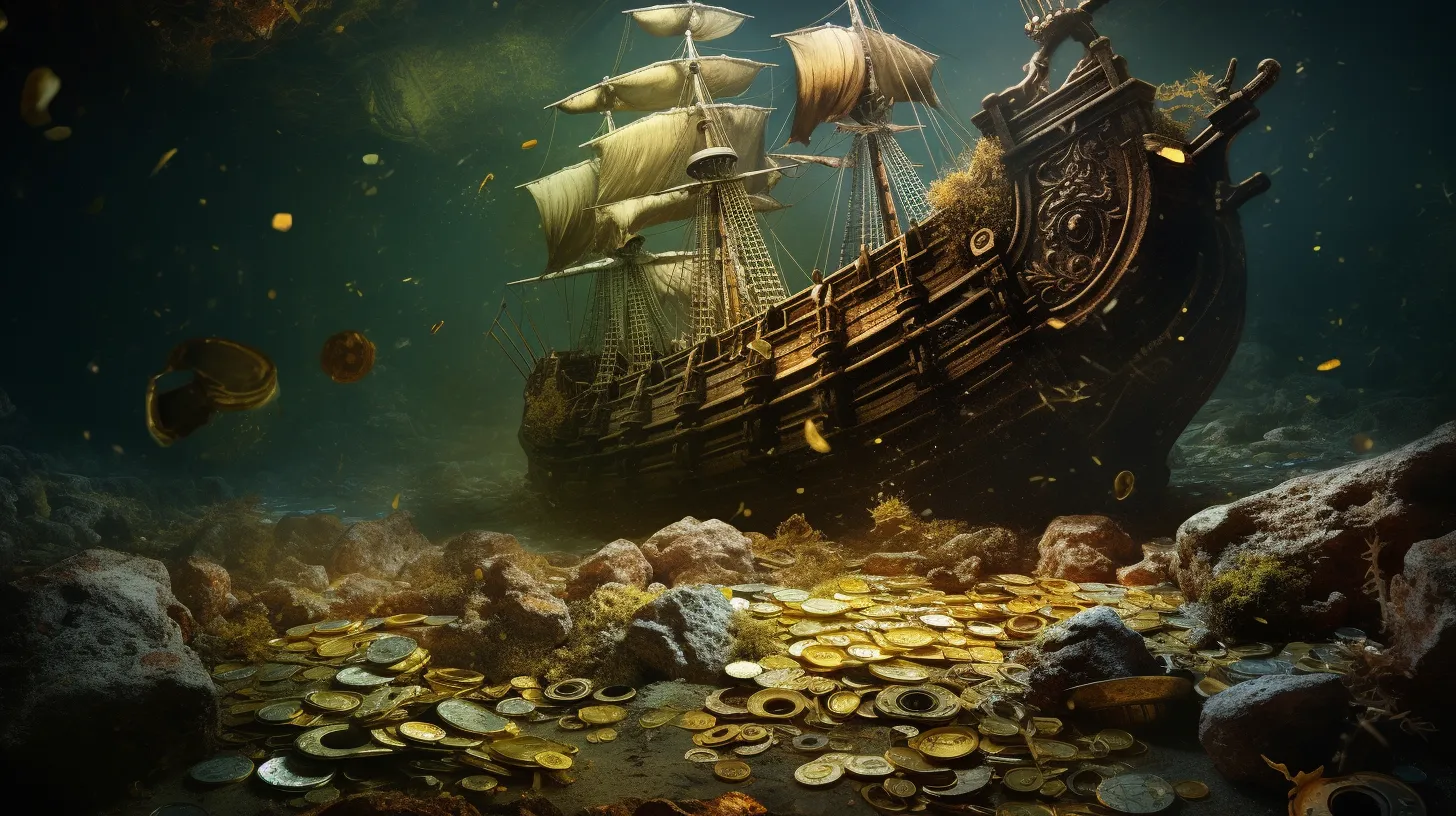
Shipwreck Coins: The Legacy of VOC Shipwrecks and Their Treasures
Dive into the enthralling history of VOC shipwrecks—Akerendam, De Liefde, Vliegenthart, and De Zuytdorp—and the remarkable coins salvaged from their depths. Explore the tales of tragedy, treasure, and historical significance that these maritime accidents encapsulate.
The Vereenigde Oostindische Compagnie (VOC), or Dutch East India Company, was a formidable power in the global trade routes of the 17th and 18th centuries, commanding a vast fleet that traversed the world's oceans in search of wealth and trade opportunities. However, the perilous journeys often ended in tragedy, with ships such as the Akerendam, De Liefde, Vliegenthart, and De Zuytdorp meeting their demise in the unforgiving seas. These shipwrecks, now immortalized in history, offer a unique window into the past, their salvaged treasures providing insights into the era's maritime trade, craftsmanship, and the global exchange of goods and ideas.
Akerendam's Final Voyage and Treasure Recovery
Launched in 1724, the Akerendam was destined for Batavia with a valuable cargo of gold and silver. Caught in a snowstorm, it sank off the coast of Runde, Norway, in 1725, taking its treasure and crew to the ocean's depths. Rediscovered in 1972, the wreck yielded approximately 57,000 gold and silver coins, including the rare Dutch gold ducats minted in Utrecht in 1724, marking it as Norway's largest coin treasure.
De Liefde's Untold Wealth
Built in 1698, De Liefde met its end in 1711 near the Shetland Islands, laden with gold and silver coins worth 227,000 guilders. Its wreckage, rediscovered in 1965, surrendered many artifacts and coins, shedding light on the VOC's expansive trade network and the wealth that circulated within it.
Vliegenthart's Sudden Demise
The Vliegenthart, "Flying Heart," sank shortly after its launch in 1730, taking with it a fortune in silver and gold. The ship's remains, along with its precious cargo, lay undisturbed until its discovery, highlighting the risks undertaken in the pursuit of wealth and the perilous nature of 18th-century maritime travel.
De Zuytdorp's Legacy
The Zuytdorp, crashed against the cliffs of Western Australia in 1712, is among the VOC ships lost without survivors reaching Batavia. Its silver bullion and other artifacts, retrieved in challenging conditions, underscore the hazardous voyages undertaken by the VOC and the mysteries surrounding these maritime disasters.
Legendary Shipwrecks
These shipwrecks not only underscore the perils of maritime trade in the age of exploration but also serve as underwater time capsules, preserving a snapshot of the past. The coins and artifacts recovered from these sites offer invaluable insights into the economic, social, and cultural exchanges of the time, bridging the gap between the past and present. Through these remnants, we gain a deeper understanding of the global trade networks that shaped our world, the technological advancements in navigation and shipbuilding, and the human stories intertwined with these voyages.
As we continue to uncover and study these underwater treasures, they remind us of our shared history and the timeless allure of the unknown. The legacy of the VOC and its shipwrecks, encapsulated in the coins and artifacts retrieved, continues to fascinate and educate, offering a tangible link to an era that significantly shaped the course of global history.












